How is spasticity diagnosed?
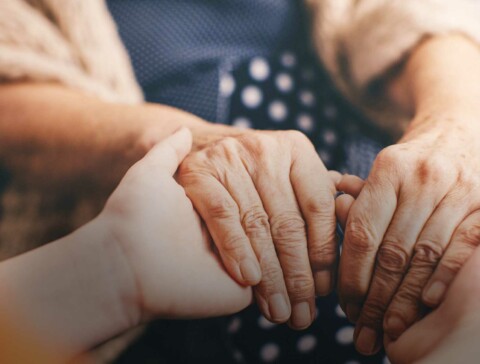
A typical patient journey
People with a spasticity diagnosis are usually cared for in different environments throughout the healthcare journey – all of which have different treatment aims.
In stroke or intensive care units and other hospital wards, the main focus is on the patient’s survival after an upper motor neuron syndrome (UMNS) event. Following this acute phase, the focus shifts towards the rehabilitation and general care of the affected person. If the person is sent to a nursing home, however, generally only basic care is provided.
Post-stroke spasticity is usually diagnosed and treated at rehabilitation centers. Treatment involves many experts, such as rehabilitation specialists, occupational therapists, physical therapists, speech therapists, psychologists, social workers and nurses. These experts work together to provide patients with different treatment options.

Diagnosis and clinical evaluation
A proper assessment of clinical and neurological status is critical in developing an effective treatment plan with achievable goals. A spasticity diagnosis will be based on:
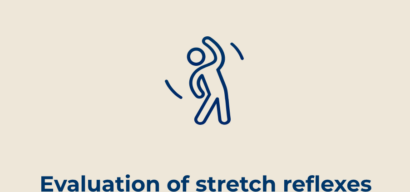
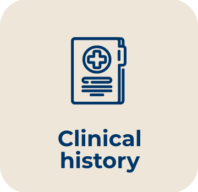
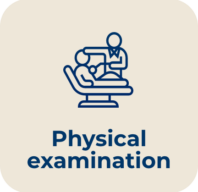
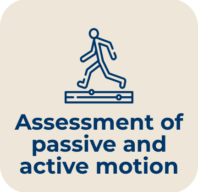
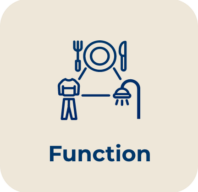
A proper assessment of clinical and neurological status is critical in developing an effective treatment plan with achievable goals.
Spasticity diagnosis is suspected based on a history of a neurological disorder and on a specific abnormal posture. It is confirmed if the patient shows an increased resistance to passive movements that are further increased with speed and a typical positioning of the limbs, due to reinforced muscle tone or stiffness.
The diagnosis is not complicated for rehabilitation specialists and can be achieved with various tools.
The most common diagnostic tools are:
Nerve blocks: local transient anesthesia of nerve(s) to evaluate the involvement of muscles in a specific spastic pattern
Electromyography: to evaluate activity of muscles via external electrodes while the patient performs a movement or a task
The clinical pattern is of particular interest as it helps to identify the muscles affected by spasticity and thus to determine an appropriate treatment.
The features of spasticity should be assessed individually for every patient, with a focus on three main areas:
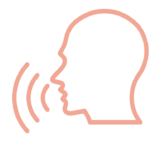
Overall motor difficulties
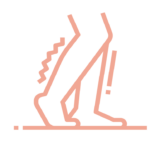
Ability to control the muscles
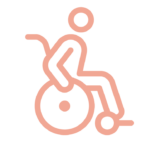
How muscle stiffness and any contractures worsen functional problems
When did you start feeling spasticity?



